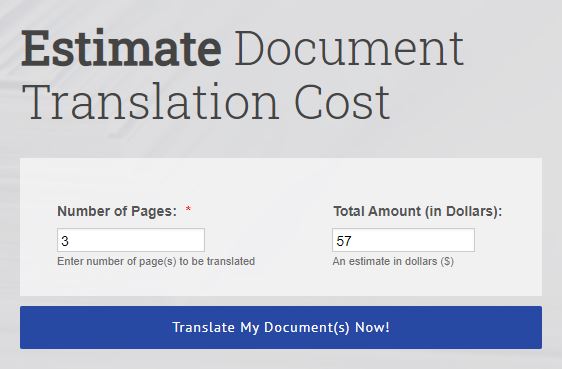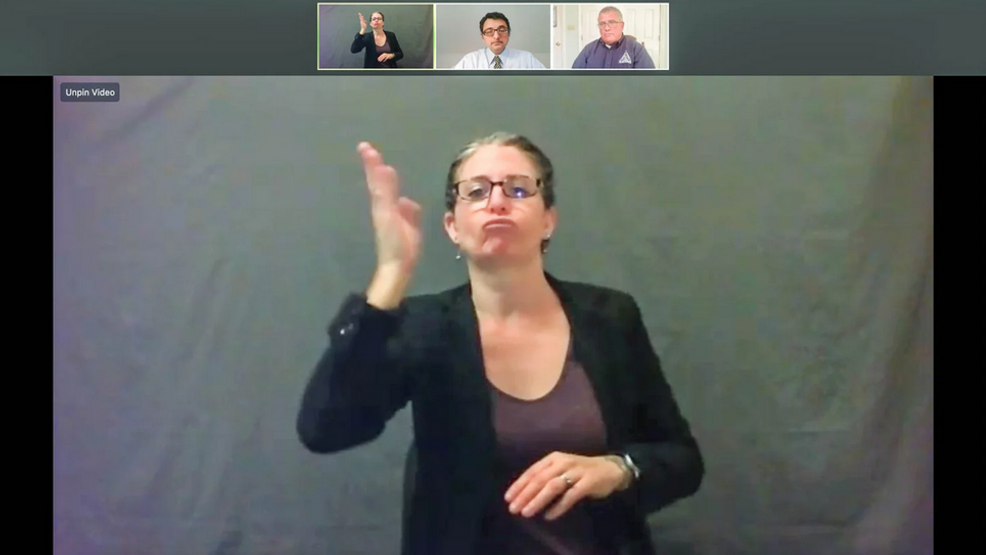As globalization continues to increase and the world becomes more interconnected, the need for professional language interpretation services has also grown. With the advent of new communication technologies, interpretation services have evolved from traditional face-to-face interactions to remote options such as Over the Phone Interpreting (OPI) and Video Remote Interpreting (VRI). In this article, we will explore the differences between these two methods and their respective advantages and disadvantages.
What is Over the Phone Interpreting (OPI)?
Over the Phone Interpreting (OPI) is a type of interpretation service that involves the use of telephones to connect interpreters with clients who require language interpretation services. This method is widely used in many industries and is often used for urgent or emergency situations. OPI services are commonly used in the medical, legal, and customer service industries, where timely communication is critical.
Advantages of Over the Phone Interpreting
One of the biggest advantages of OPI is its convenience. With just a phone call, clients can access interpreters from anywhere in the world. This method is also cost-effective, as it eliminates the need for travel expenses, which can be quite costly for in-person interpreting services. OPI is also efficient, as interpreters can typically provide services within a short amount of time.
Disadvantages of Over the Phone Interpreting
One of the main disadvantages of OPI is the lack of visual cues, which can make communication difficult. This can lead to misinterpretation of messages, especially in situations where tone of voice and body language are important. OPI is also not ideal for situations that require long or complex conversations, as it can be tiring and difficult to maintain focus for an extended period of time.
What is Video Remote Interpreting (VRI)?
Video Remote Interpreting (VRI) is a type of interpretation service that uses video conferencing technology to connect interpreters with clients who require language interpretation services. VRI is often used in situations where visual cues and nonverbal communication are essential, such as in medical and legal settings.
Advantages of Video Remote Interpreting
One of the biggest advantages of VRI is the ability to see and hear the interpreter in real-time. This allows for better communication and understanding, especially in situations where visual cues are important. VRI also allows for better rapport building between clients and interpreters, as clients can see the interpreter’s facial expressions and body language, which can help to build trust and understanding.
Another advantage of VRI is that it can be used in a variety of settings, including medical, legal, and educational settings. It is also highly effective for complex or technical discussions, as the interpreter can see the visuals and materials that are being discussed, which can help them to provide more accurate and detailed interpretations.
Disadvantages of Video Remote Interpreting
One of the main disadvantages of VRI is the need for stable internet connectivity and appropriate technology. If the internet connection is slow or unstable, the video and audio quality can suffer, making communication difficult. Additionally, VRI can be more expensive than OPI, as it requires specialized equipment and software.
Another disadvantage of VRI is that it can be challenging for some individuals to adjust to the technology. This can be especially true for older or less tech-savvy individuals, who may struggle with using the video conferencing software and may require additional support.
Conclusion
In conclusion, both Over the Phone Interpreting (OPI) and Video Remote Interpreting (VRI) have their advantages and disadvantages. While OPI is convenient and cost-effective, it can be difficult to maintain effective communication without visual cues. On the other hand, VRI allows for better communication and understanding, but can be more expensive and require more specialized equipment.
Ultimately, the choice between OPI and VRI will depend on the specific needs of the client and the context in which interpretation services are required. In situations where visual cues and nonverbal communication are important, such as in medical or legal settings, VRI may be the preferred method. In other situations where the conversation is more straightforward and quick, OPI may be the more suitable option.
It is important to note that the quality of interpretation services is heavily dependent on the skill and experience of the interpreter. Regardless of the method used, it is crucial to select a qualified and experienced interpreter who has a deep understanding of the language and cultural nuances of the parties involved.
In summary, while there are differences between OPI and VRI, both methods have their own unique advantages and disadvantages. The choice between the two methods will ultimately depend on the specific needs of the client and the context in which interpretation services are required. Regardless of the method chosen, selecting a qualified and experienced interpreter is crucial to ensuring effective communication and accurate interpretation.












0 Comments